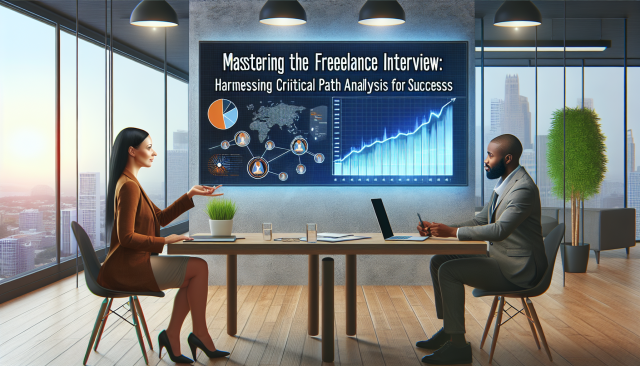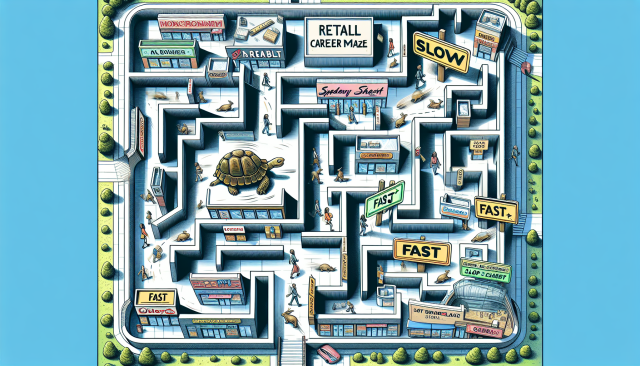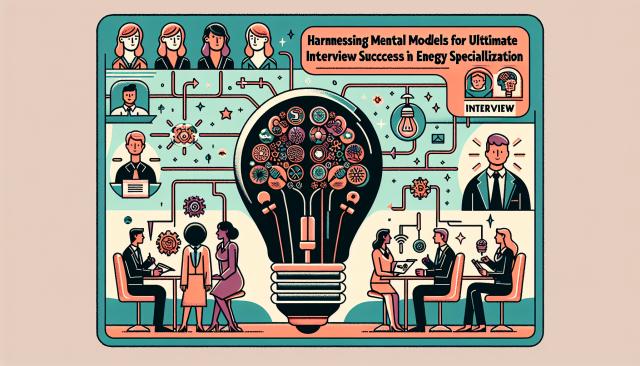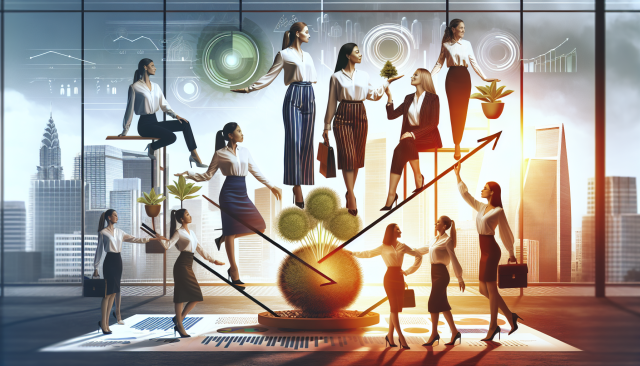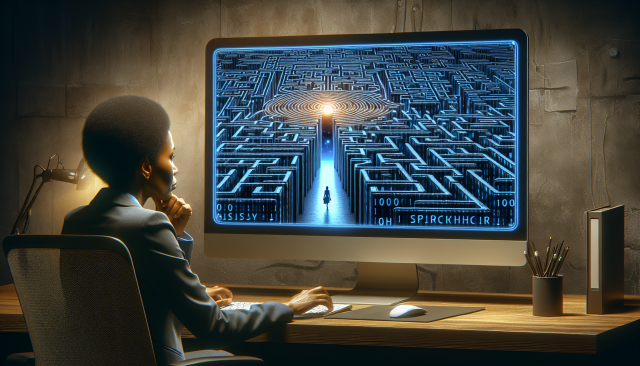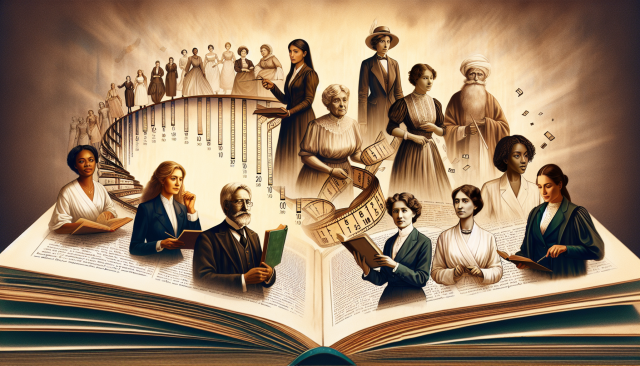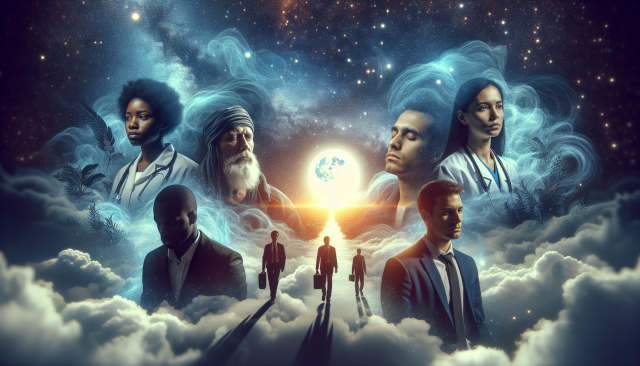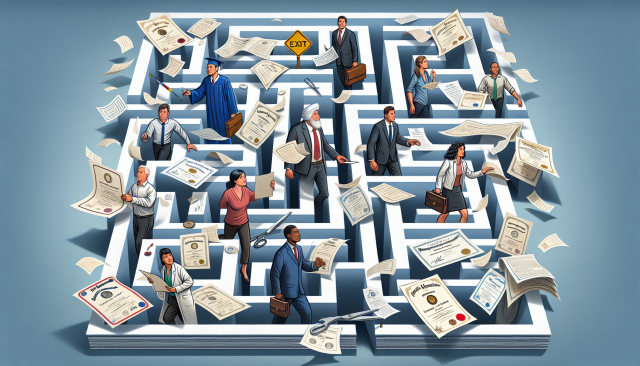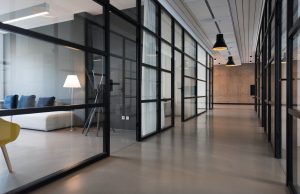Mastering the Cyber Interview: Unleashing Your Skills and Confidence
Mastering the Cyber Interview: Unleashing Your Skills and Confidence
The world of cybersecurity is a dynamic landscape. As cyber threats evolve and multiply, the demand for specialists who can navigate this digital battleground with skill and precision has never been higher. For Cyber Specialist Professionals, the interview process is not just a gateway to a job; its an arena to showcase unlimited power through your skills and confidence.
The Current State of Cybersecurity Job Interviews
The cybersecurity job market is booming. With the rise in cybercrime and the increasing sophistication of attacks, organizations are on the hunt for specialists who not only have the technical acumen but also the ability to adapt to rapidly changing environments. However, interviews for cybersecurity roles are distinctively challenging. They require a demonstration of both hard and soft skills, an understanding of complex security concepts, and the ability to communicate effectively with various stakeholders.
Harnessing Skills for Interview Success
Your skillset is your toolkit, and showcasing it effectively can be the differentiator in a competitive job market. Here are some strategies to successfully harness your skills during an interview:
- Deep Diving into Technical Proficiency: Be prepared to discuss your experiences and competencies in areas such as threat detection, vulnerability management, and incident response. Interviewers might pose scenario-based questions that require you to demonstrate your problem-solving skills in real-time.
- Staying Current with Trends: Cybersecurity is a continuously evolving field. Showing familiarity with the latest trends, technologies, and threats not only demonstrates your competence but also your commitment to professional growth.
- Certifications Matter: Industry-recognized certifications can give your profile an edge. Whether its a CISSP, CEH, or OSCP, these certifications validate your expertise and dedication to the field.
Confidence: The Game-Changer
Confidence in an interview extends beyond knowing your subject. Its about being able to articulate your thoughts clearly, owning your achievements, and demonstrating leadership. Heres how to build and project confidence:
- Understanding Your Narrative: Know your career journey and be prepared to discuss how each step has prepared you for the role youre applying for. This narrative helps create a cohesive story that connects your past experiences with your future ambitions.
- Practice Makes Perfect: Mock interviews and practicing with peers or mentors can help alleviate anxiety and boost your self-assurance.
- Communicate Effectively: Cyber professionals need the ability to translate complex technical jargon into layman’s terms. This skill is invaluable in interviews and in professional settings where you may need to justify security decisions to non-technical stakeholders.
The Intersection of Skills and Confidence
In the cybersecurity interview process, the intersection of skills and confidence is where the magic happens. When you blend technical know-how with self-assured communication, you not only stand out but also inspire confidence in potential employers. This combination is your unlimited power: the ability to demonstrate that youre not only capable but also ready to take on the challenges of todays digital threats.
Conclusion
Cyber Specialist Professionals are not just guardians of digital realms; they are innovators, problem solvers, and leaders. Mastering the interview process is about more than just getting a job. Its about setting the stage for a career where your skills and confidence work in harmony to drive success. As you prepare for your next interview, remember that your power lies in your unique blend of expertise and self-assurance. Embrace it, and step into the interview room ready to showcase the future of cybersecurity leadership.

















